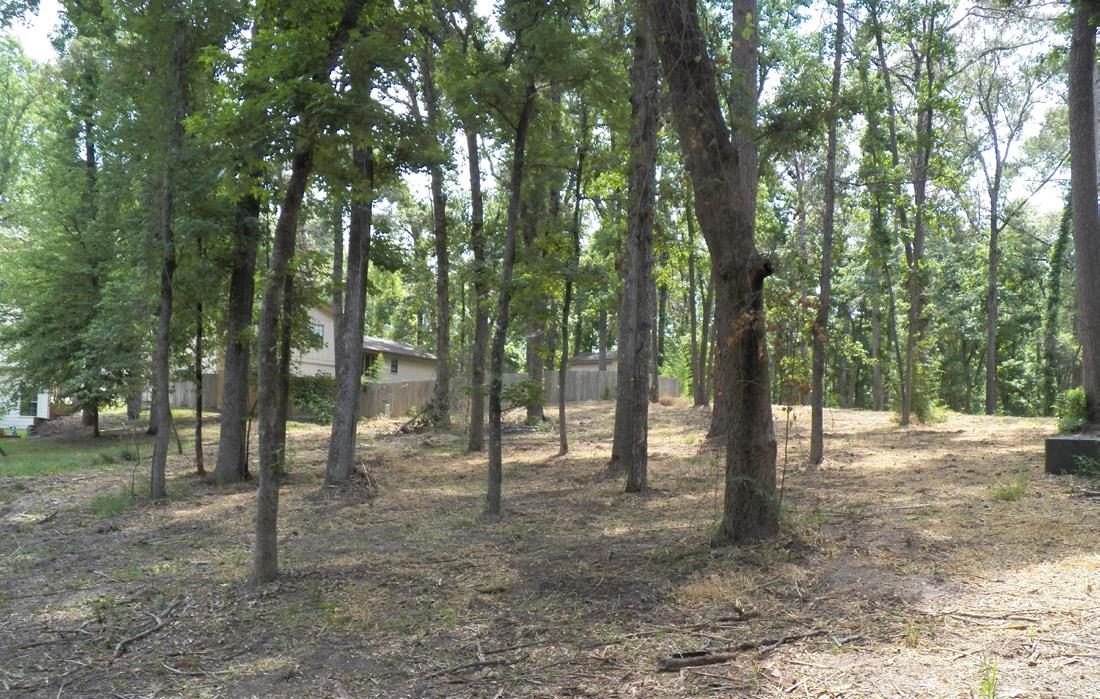Initiated back in 2005, community leaders in Walker County (PDF, 2.5MB) developed the first county-wide Community Wildfire Protection Plan (PDF, 22MB) in Texas. Their mission was to identify wildfire risks, create mitigation strategies and devise a plan that would empower residents to protect their homes and property.

“It sounded like a lot of work,” said John Hobbs, Assistant Fire Chief for the City of Huntsville. “But we believed in it. We worked really well together. To make it work, you have to get a partner. Texas A&M Forest Service knows how to get people motivated and educated. And really, it’s for the safety of your own home. It’s protecting your home, your community.”
Securing Funds
Walker County, with technical assistance from Texas A&M Forest Service Wildland Urban Interface staff, applied for and received the first grant for wildfire hazard mitigation in the state’s history. They used the funds to clear 200 feet of defensible space around the perimeter of Elkins Lake.
Representatives from the U.S. Forest Service and Texas A&M Forest Service joined Walker County and Huntsville officials to celebrate the Elkins Lake community’s Firewise designation on May 19, 2012. The USFS worked to ensure that out of 13 southern states vying for funding, the Elkins Lake project was deemed top priority. Because the community is surrounded by USFS and private lands, it took a joint effort to implement the fuels reduction project.
“Due to the number of homes and families in Elkins Lake, fuel mitigation is important to reduce their risk,” Jordan Beakley, a fuels and prevention specialist with USFS, said. “We felt this project would be extremely beneficial.